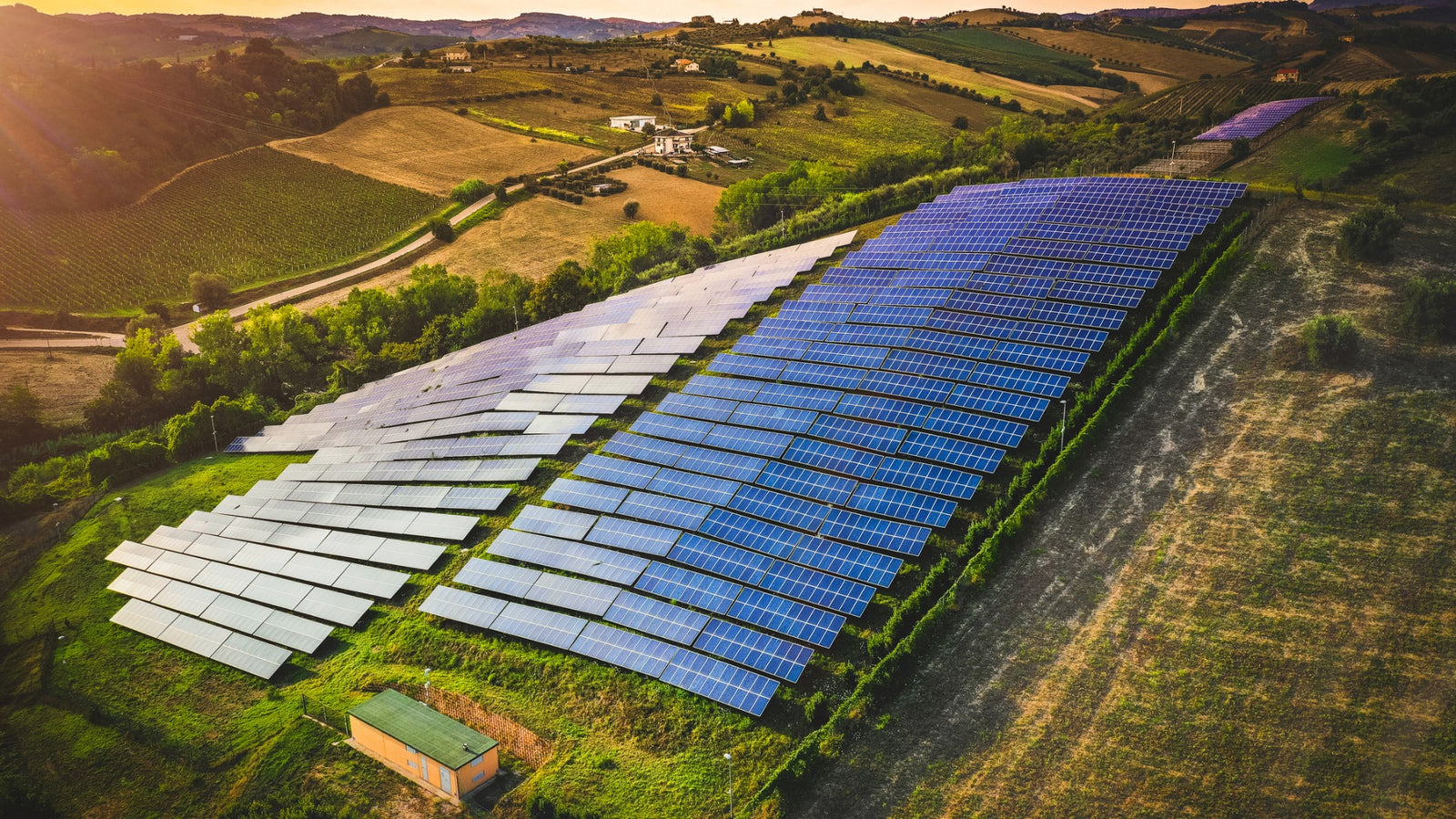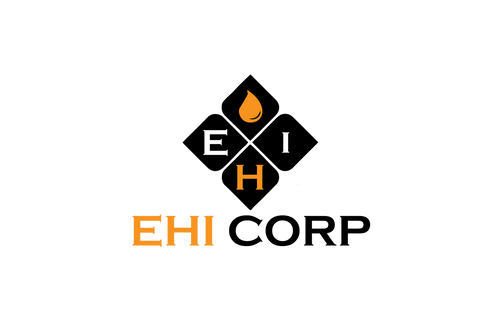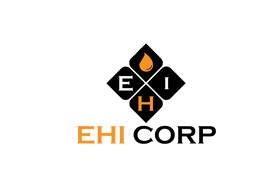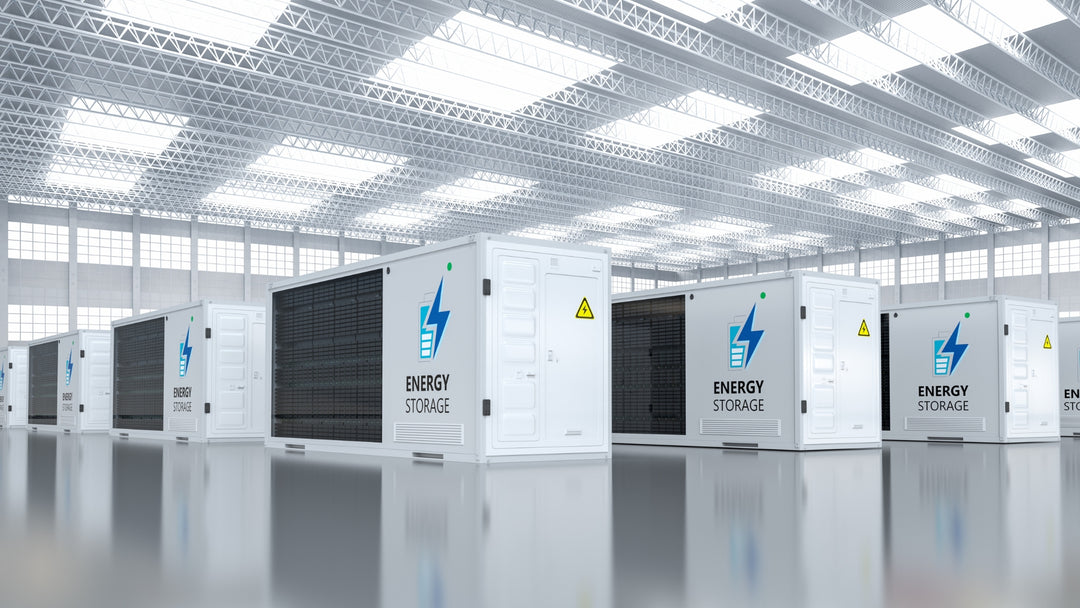Positive Outlook for Renewable Energy Auctions in Zambia

Zambia has a strong commitment to renewable energy, but the nation faced power generation challenges in recent years. Zambia relied heavily on hydroelectric power, so a protracted drought reduced the supply of energy. At the same time, falling copper prices in international markets put pressure on one of Zambia’s most important industries.
Electricity input prices were rising, while export prices were dropping. The situation was not sustainable, so Zambia had to find a more affordable way of producing renewable energy.
Scaling Solar Star
Zambia’s energy issues were a perfect fit for a new approach to renewable energy. This approach is called Scaling Solar, and it was developed by the International Finance Corporation (a member of the World Bank Group). Scaling Solar seeks to bring all the services needed for the development of solar power to developing countries. Their goal is to build solar energy facilities producing over 50 MW and connect them to the electric grid in under two years. That is an ambitious target, and Zambia was the first nation to use the Scaling Solar program.
High Standards and High Expectations
Zambia set up a two-round auction process to ensure that firms would be able to complete solar energy facilities. The first round involves meeting a series of rigorous pre-qualification tests. Bidders from outside of Zambia must have at least 75 million US dollars in assets, while those from Zambia must have over 50 million. Bidders are also required to supply evidence that they have not been involved in fraud. Finally, bidders must provide proof of technical competence, such as completing construction of a sufficiently large grid-connected power plant for a previous project in Africa.
Renewable energy auctions in Zambia are highly competitive. The lowest bid by a qualified bidder always wins in Zambia, which is typical in the United States but somewhat less common in Africa and Europe.
Besides the intense price competition, bidders must also submit technical and commercial proposals. The commercial side must include details on debt financing and bid bonds. These high standards also led to high expectations for the auctions. The first auction in 2016 produced a winning bid of about 60 USD/MWh, one of the lowest bids ever recorded at the time.
Case Study: A Solar Success Story
There was some skepticism about the ability of bidders to deliver on low prices, but Zambia has proven to be a solar success story. In March 2019, Neoen and First Solar completed the 54 MW Bangweulu solar power plant. The plant supplies enough power for over 27,000 Zambians. More importantly, the cost is fixed at 60 USD/MWh for the next 25 years under the terms of the auction.
The success of Scaling Solar in Zambia inspired more solar investments in the country. A second Zambian Scaling Solar project received 25 million USD in financing from the International Finance Corporation and the Canadian government in 2018. In 2019, bidding on a new solar plant in Zambia resulted in a winning bid of slightly under 40 USD/MWh for 120 MW of capacity. The Japanese firm Univergy Solar also announced plans to invest over 200 million USD to increase Zambia’s solar energy capacity by 200 MW.
Responding to Incentives
Zambia used International Finance Corporation research on renewable energy auctions to develop the necessary incentives for timely completion. Bidders must post bid bonds of 26,000 USD for each MW of promised capacity. Furthermore, winning bidders must provide a performance bond and face specific penalties for delays and plant underperformance. There are profits to be made in Zambia, but it is crucial to avoid cutting corners.




